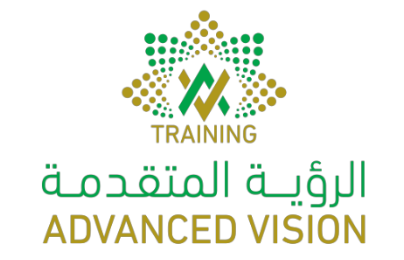
The Importance of Training in Improving Job Performance
<ul>
<li>
<div class="flex max-w-full flex-col flex-grow">
<div class="min-h-[20px] text-message flex w-full flex-col items-end gap-2 whitespace-normal break-words [.text-message+&]:mt-5" dir="auto" data-message-author-role="assistant" data-message-id="4f0e2bc9-4c77-461d-8b81-a7d659323ccc">
<div class="flex w-full flex-col gap-1 empty:hidden first:pt-[3px]">
<div class="markdown prose w-full break-words dark:prose-invert light">
<div class="flex max-w-full flex-col flex-grow">
<div class="min-h-[20px] text-message flex w-full flex-col items-end gap-2 whitespace-normal break-words [.text-message+&]:mt-5" dir="auto" data-message-author-role="assistant" data-message-id="362cacc9-5c4d-4a45-a28f-ef1357ab2f26">
<div class="flex w-full flex-col gap-1 empty:hidden first:pt-[3px]">
<div class="markdown prose w-full break-words dark:prose-invert light">
<h2>Introduction</h2>
<p>In the fast-paced and ever-changing business world, training has become a fundamental element to ensure continued success and achieve competitive excellence. It is not enough for organizations to rely solely on the skills and knowledge of their employees at the time of hiring; they must continuously invest in developing and enhancing these skills. In this article, we will explore the importance of training and its role in improving job performance, as well as some of the challenges that may arise during the training process.</p>
<h2>The Importance of Training</h2>
<p>Training is more than just teaching employees how to perform their jobs better. It is an investment in the organization's human capital. Training plays a crucial role in enhancing professional competence, improving performance, and increasing job satisfaction. This is achieved through the following benefits:</p>
<h3>1. <strong>Increased Productivity and Efficiency</strong></h3>
<p>By training employees on using new techniques and methods, companies can improve work efficiency and reduce the time required to complete tasks. Well-trained employees are more capable of working effectively and productively, which positively impacts overall business outcomes.</p>
<h3>2. <strong>Improved Job Satisfaction</strong></h3>
<p>Employees feel valued when the organization invests in their professional development. This sense of appreciation enhances job satisfaction and reduces employee turnover, as employees are more likely to stay in an environment that encourages learning and growth.</p>
<h3>3. <strong>Encouraging Innovation and Development</strong></h3>
<p>Training encourages employees to think outside the box and motivates them to adopt new ideas. When employees can develop their skills and knowledge, they become more capable of contributing to the innovation process within the organization.</p>
<h3>4. <strong>Adapting to Changes</strong></h3>
<p>In a constantly changing work environment, training becomes a vital tool to ensure employees can adapt to technological and managerial changes. Training helps employees understand new challenges and how to deal with them effectively.</p>
<h2>Types of Training</h2>
<h3>1. <strong>Technical Training</strong></h3>
<p>This type of training focuses on developing the technical skills required to perform specific jobs. It includes training employees on the use of software, equipment, and modern technologies related to their field of work.</p>
<h3>2. <strong>Leadership Training</strong></h3>
<p>This type of training aims to prepare individuals for leadership and managerial roles in the future. It includes developing skills such as leadership, team management, conflict resolution, and strategic planning.</p>
<h3>3. <strong>Soft Skills Training</strong></h3>
<p>This training helps improve communication skills, teamwork, and time management, contributing to overall employee performance enhancement.</p>
<h2>Challenges Facing Training</h2>
<h3>1. <strong>Cost</strong></h3>
<p>Training programs can be expensive, especially if they require external trainers or specialized training facilities. Therefore, organizations need to balance cost with the potential return on investment.</p>
<h3>2. <strong>Resistance to Change</strong></h3>
<p>Some employees may feel comfortable with the current situation and resist change. It is essential to address this resistance wisely by explaining the benefits of training to them and how it will positively impact their professional future.</p>
<h3>3. <strong>Time</strong></h3>
<p>Training requires time, which can affect immediate productivity. Therefore, training programs should be organized in a way that does not conflict with daily work requirements.</p>
<h2>Conclusion</h2>
<p>In the end, it can be said that training is not just a tool to improve job performance, but it is a long-term investment in the organization's human resources. By providing effective and comprehensive training programs, organizations can ensure their continued success and development in a competitive and constantly changing work environment.</p>
<p><em>John Smith, writer and consultant in human resources development.</em></p>
</div>
</div>
</div>
</div>
<div class="mb-2 flex gap-3 empty:hidden -ml-2">
<div class="items-center justify-start rounded-xl p-1 flex"> </div>
</div>
</div>
</div>
</div>
</div>
</li>
</ul>










